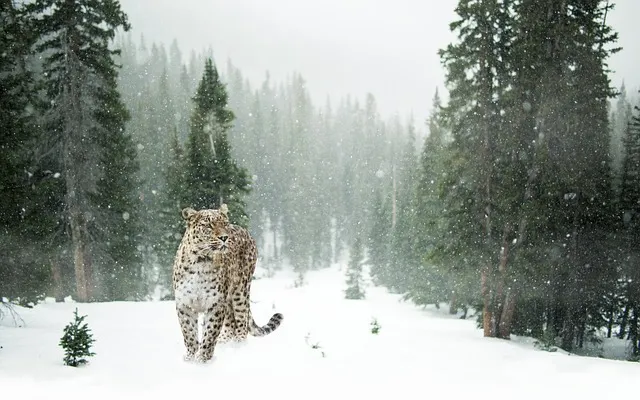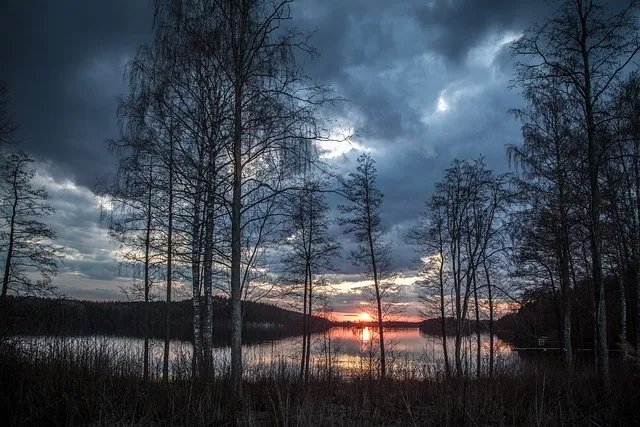
The Fascinating World of Animal Adaptations: Surviving and Thriving in the Wild
Animals are amazing creatures that have evolved over millions of years to survive and thrive in their environments. One of the most fascinating aspects of animal life is their incredible adaptations. From camouflage to mimicry, animals have developed a wide range of adaptations to help them survive in the wild.
Camouflage
Camouflage is a common adaptation used by animals to blend in with their surroundings and avoid detection by predators. Some animals, like chameleons and octopuses, are able to change their color and pattern to match their environment. Others, like the Arctic hare and the snow leopard, have white fur that helps them blend in with the snow and ice.
Mimicry
Mimicry is another adaptation used by animals to protect themselves from predators. Some animals, like the harmless king snake, have evolved to look like venomous snakes to deter predators. Other animals, like the viceroy butterfly, have evolved to look like the toxic monarch butterfly to avoid being eaten.
Adaptations for Feeding
Animals also have adaptations for feeding. Some animals, like the giraffe, have long necks to reach leaves high up in trees. Others, like the anteater, have long tongues to reach insects deep in tree trunks.
Adaptations for Defense
Animals also have adaptations for defense. Some animals, like the porcupine, have quills to protect themselves from predators. Others, like the skunk, have a strong odor to deter predators.
Conclusion
The world of animal adaptations is truly fascinating. From camouflage to mimicry, animals have developed a wide range of adaptations to help them survive and thrive in the wild. By studying these adaptations, we can gain a better understanding of the incredible diversity of life on our planet.

All images are taken from the Pixabay.com